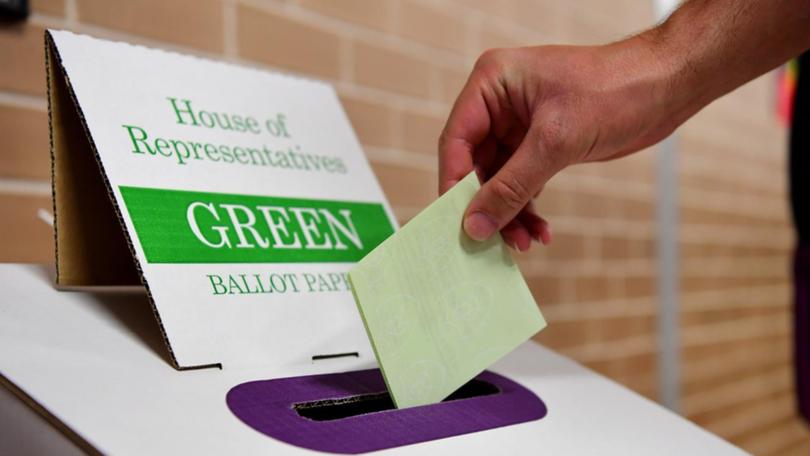Federal election 2025: Report claims candidates face ‘glass cliff’ as major parties use women in hard to win seats

Women are under-represented as candidates in the upcoming federal election and are more likely to be running in hard-to-win seats for the major parties.
A report by the Australian National University has found fewer women than men are running in the May 3 poll, with many of those facing an uphill battle to secure a place in the next parliament.
“Across both major parties, women candidates are more likely to be placed in more challenging, ‘glass cliff’ seats compared to men,” report co-author Elise Stephenson said.
Sign up to The Nightly's newsletters.
Get the first look at the digital newspaper, curated daily stories and breaking headlines delivered to your inbox.
By continuing you agree to our Terms and Privacy Policy.Only one in six (16 per cent) of coalition female candidates are in safe or fairly safe seats, compared to 28 per cent of men.
Half of the women running for Labor are contesting safe or fairly safe seats, a significant increase from 24 per cent in 2022.
However, women continue to be over-represented in less-secure Labor electorates.
“While 57 per cent of men who are Labor candidates are running in safe or fairly safe seats, only 50 per cent of women have the same advantage,” Dr Stephenson said.
“Despite being outnumbered overall, Labor men still have a better shot at winning their seats.”
A Liberal Party review of the 2022 election - where many previously blue-ribbon seats were lost to female independent candidates - found the party had significantly lower levels of support among women than men.
It recommended all divisions increase female membership, particularly of women under 50.
The review also called on the party to have a much larger number of high-quality female candidates contesting winnable seats at the next election.
The Liberal Party have selected female candidates in Bradfield, Warringah and Kooyong, all of which face challenges from or are held by high-profile independents.
But while women make up 56 per cent of Labor candidates, less than a third of the coalition’s candidates are women.
There has been a notable increase in Labor women this election compared to the last one which had 46 per cent female candidates, Dr Stephenson said.
“The coalition, however, continues to lag behind, with only a marginal improvement from the previous election where only 29 per cent of candidates were women compared to 32 per cent this election,” she said.
There is also an ongoing issue of diversity, with women running in this election less likely to be from culturally and linguistically diverse backgrounds, have a disability or belong to the LGBTQI communities than male candidates.
“Achieving true gender and diversity parity in politics requires more than increasing candidate numbers, it demands a fundamental shift in how, and where, women and diverse candidates are positioned to compete,” Dr Stephenson said.
“Without addressing these systemic barriers, representation in parliament will continue to fall short of reflecting the electorate’s diversity.”
